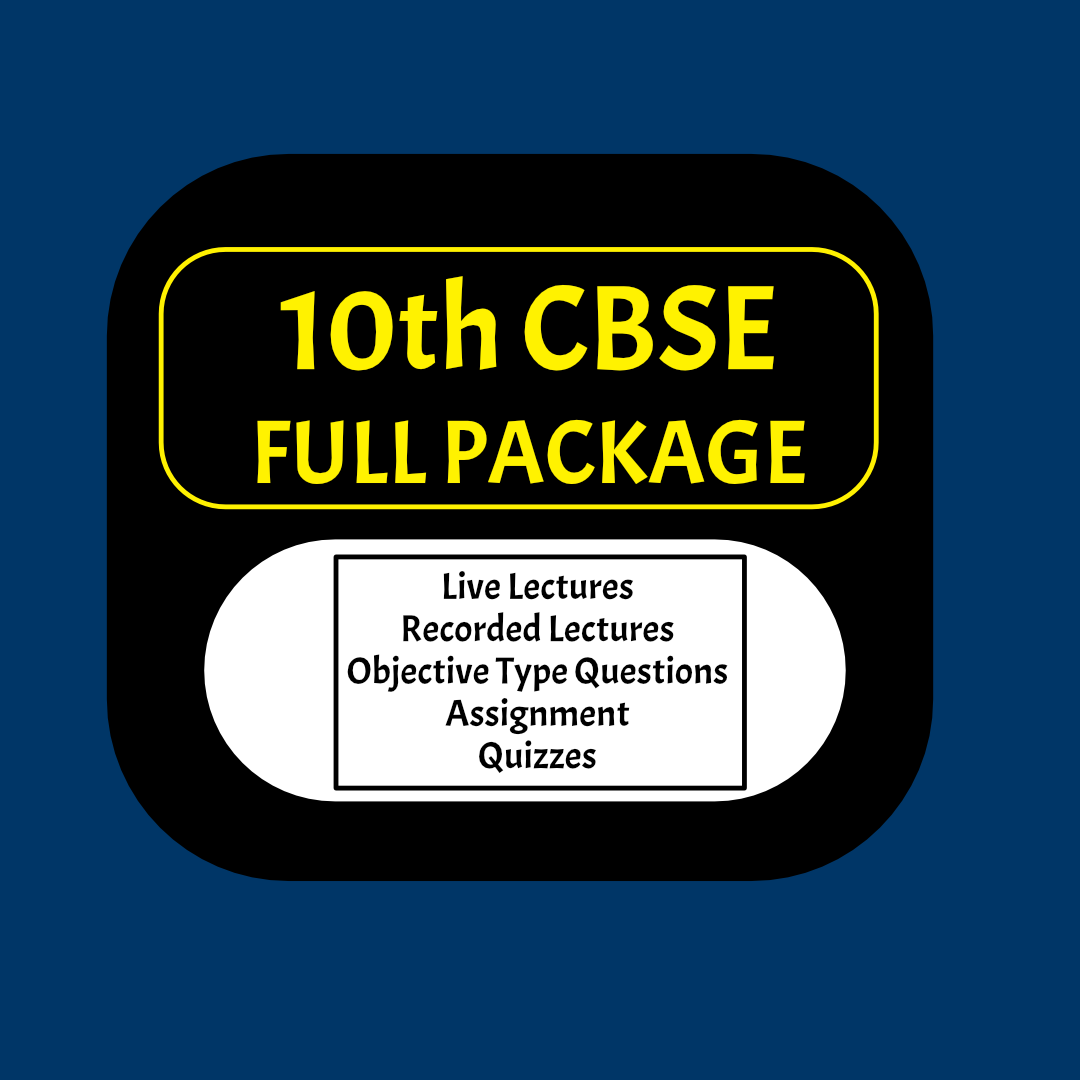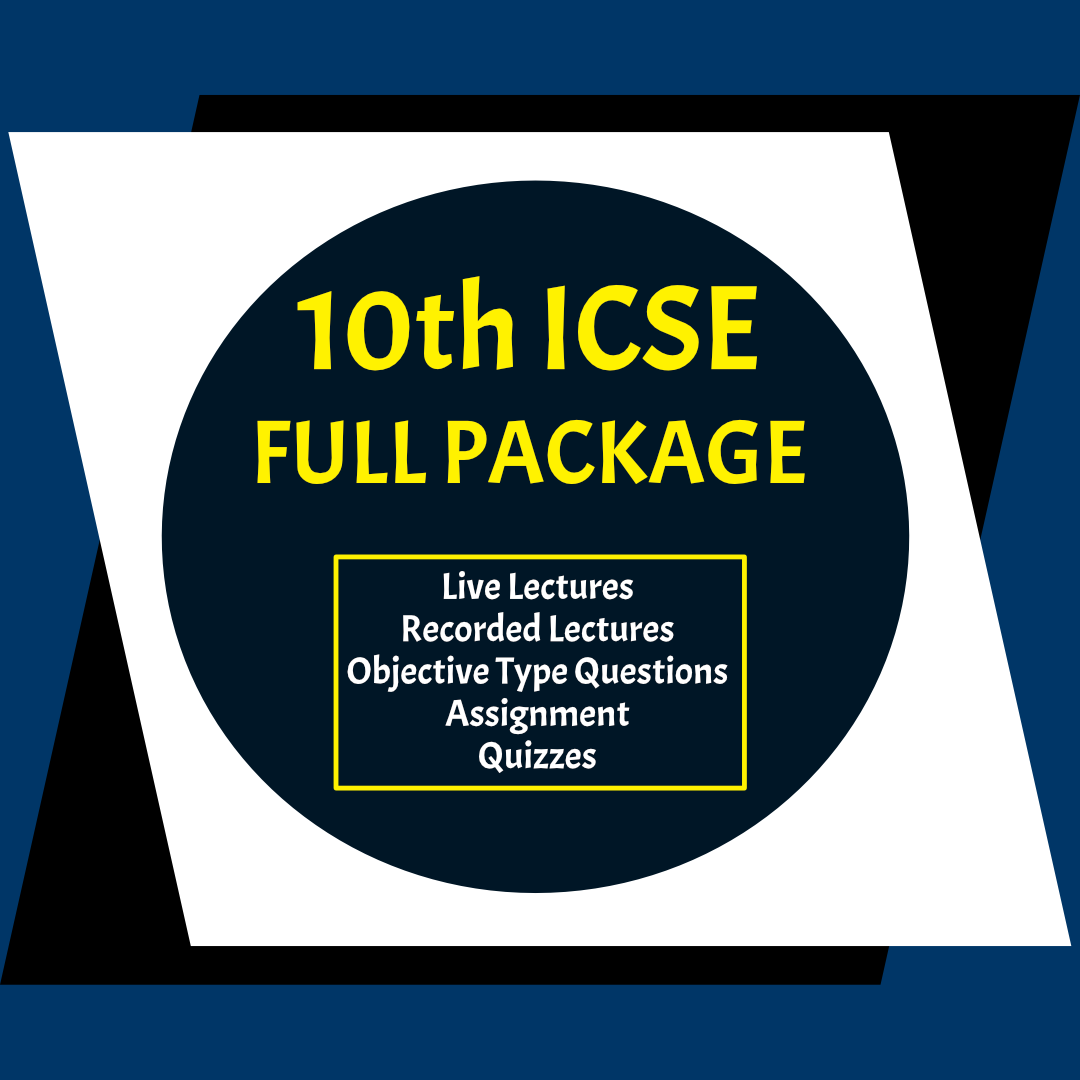|
|
Number System Part 1 - Lecture 1
Number Systems
The topics like the definition of rational numbers, problems on p/q form, finding the missing rational number between the range, representation of a particular rational number or decimal number on a number line, dividing small by big number (1/11, 3/13, 2/11,…etc), rational and irrational numbers, their difference and problems based on that, are discussed here. Every topic has an ample number of exercises for good practice.
|
|
33min
|
|
|
Number System Part 2 - Lecture 2
Number Systems
The topics like the definition of rational numbers, problems on p/q form, finding the missing rational number between the range, representation of a particular rational number or decimal number on a number line, dividing small by big number (1/11, 3/13, 2/11,…etc), rational and irrational numbers, their difference and problems based on that, are discussed here. Every topic has an ample number of exercises for good practice.
|
|
27min
|
|
|
Number System Part 3 - Lecture 3
Number Systems
The topics like the definition of rational numbers, problems on p/q form, finding the missing rational number between the range, representation of a particular rational number or decimal number on a number line, dividing small by big number (1/11, 3/13, 2/11,…etc), rational and irrational numbers, their difference and problems based on that, are discussed here. Every topic has an ample number of exercises for good practice.
|
|
15min
|
|
|
Coordinate Geometry - Lecture 4
Coordinate Geometry
In this chapter topics like a cartesian plane, notations, plotting points are well explained with detailed examples and exercises. As this chapter can be a little tough for beginners, regular practice and deep understanding make the preparation process for examinations easy.
|
|
17min
|
|
|
Linear Equation in Two Variable - Lecture 5
Linear Equations in Two Variables
Here, the problems where values of a,b,c, finding, comparing two different equations, finding the nature and missing values of a given equation, plotting solutions on graphs with the help of x, y, z-axis, etc are some of the important topics covered in this chapter.
|
|
35min
|
|
|
Lines & Angles Part 1 - Lecture 6
Lines and Angles
Here the problems on the combination of lines and angles are explained with solved examples, problems where statements are given to prove with a good explanation, formulas and axioms are used, problems based on given diagrams, various types of angles their derivations, etc are thoroughly discussed with a set of exercises for good practice purposes.
|
|
45min
|
|
|
Lines & Angles Part 2 - Lecture 7
Lines and Angles
Here the problems on the combination of lines and angles are explained with solved examples, problems where statements are given to prove with a good explanation, formulas and axioms are used, problems based on given diagrams, various types of angles their derivations, etc are thoroughly discussed with a set of exercises for good practice purposes.
|
|
16min
|
|
|
Lines & Angles Part 3 - Lecture 8
Lines and Angles
Here the problems on the combination of lines and angles are explained with solved examples, problems where statements are given to prove with a good explanation, formulas and axioms are used, problems based on given diagrams, various types of angles their derivations, etc are thoroughly discussed with a set of exercises for good practice purposes.
|
|
13min
|
|
|
Triangles Part 1 - Lecture 9
Triangles
Here problems are solved with a given diagram and statement, problems based on bisectors, the definition of types of triangles with their principles and rules, that need to be followed while problem-solving, SAS, ASA congruences are also discussed here. Apart from that, the basic problems on the statement and proving the given statement with a reasonable explanation are also discussed here in this chapter. As there are many models covered, there is an equal number of exercises provided for practice purposes.
|
|
34min
|
|
|
Triangles Part 2 - Lecture 10
Triangles
Here problems are solved with a given diagram and statement, problems based on bisectors, the definition of types of triangles with their principles and rules, that need to be followed while problem-solving, SAS, ASA congruences are also discussed here. Apart from that, the basic problems on the statement and proving the given statement with a reasonable explanation are also discussed here in this chapter. As there are many models covered, there is an equal number of exercises provided for practice purposes.
|
|
22min
|
|
|
Triangles Part 3 - Lecture 11
Triangles
Here problems are solved with a given diagram and statement, problems based on bisectors, the definition of types of triangles with their principles and rules, that need to be followed while problem-solving, SAS, ASA congruences are also discussed here. Apart from that, the basic problems on the statement and proving the given statement with a reasonable explanation are also discussed here in this chapter. As there are many models covered, there is an equal number of exercises provided for practice purposes.
|
|
16min
|
|
|
Heron's Formula Part 1 - Lecture 12
Heron’s Formula
This chapter is exclusively based on the heron formula and its derivation and its application in problems. Heron formula is nothing but the area of the triangle i.e.,
Area = Square root of√s(s – a)(s – b)(s – c) where s=semi-perimeter, a,b,c, is the length of sides a,b,c respectively. This is a very important and easy chapter to secure good marks as there are many solved examples and exercises provided for practice purposes.
|
|
52min
|
|
|
Heron's Formula Part 2 - Lecture 13
Heron’s Formula
This chapter is exclusively based on the heron formula and its derivation and its application in problems. Heron formula is nothing but the area of the triangle i.e.,
Area = Square root of √s(s – a)(s – b)(s – c) where s=semi-perimeter, a, b, c, is the length of sides a, b, c respectively. This is a very important and easy chapter to secure good marks as there are many solved examples and exercises provided for practice purposes.
|
|
52min
|
|
|
Statistics Part 1 - Lecture 14
Statistics
Here this chapter discusses the problems which have more reasoning and analytical than just formula-based models followed with examples for practice and thorough understanding purposes.
|
|
12min
|
|
|
Statistics Part 2 - Lecture 15
Statistics
Here this chapter discusses the problems which have more reasoning and analytical than just formula-based models followed with examples for practice and thorough understanding purposes.
|
|
13min
|
|
|
Statistics Part 3 - Lecture 16
Statistics
Here this chapter discusses the problems which have more reasoning and analytical than just formula-based models followed with examples for practice and thorough understanding purposes.
|
|
14min
|













